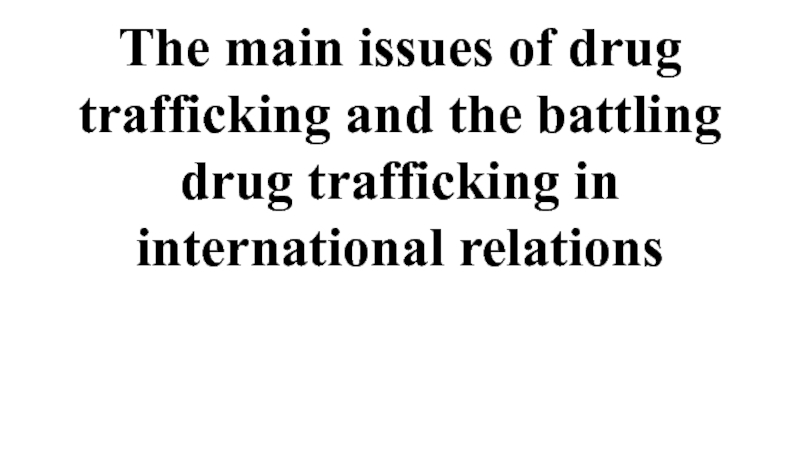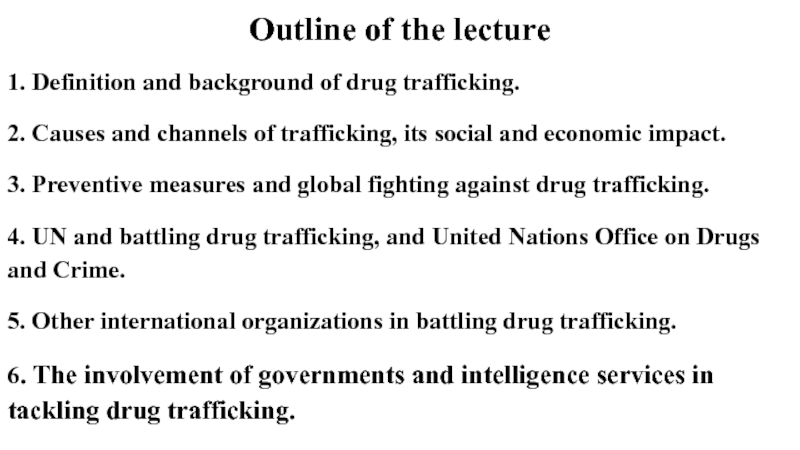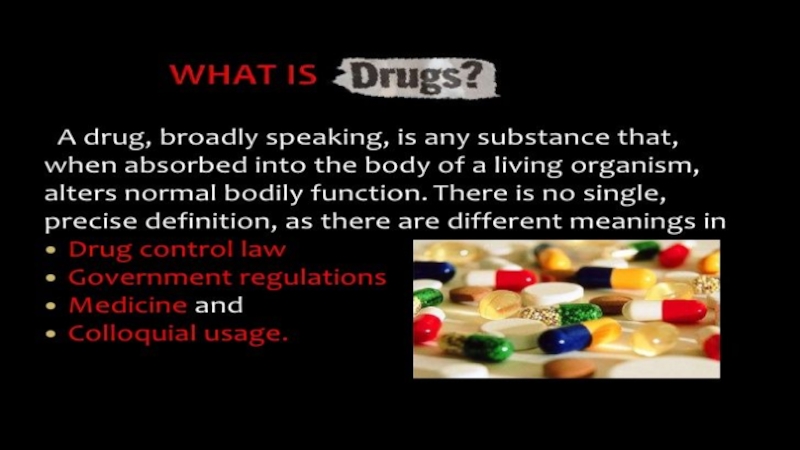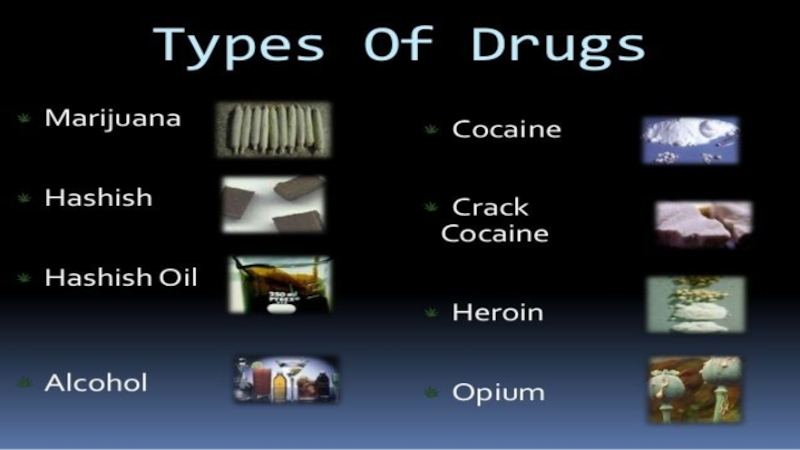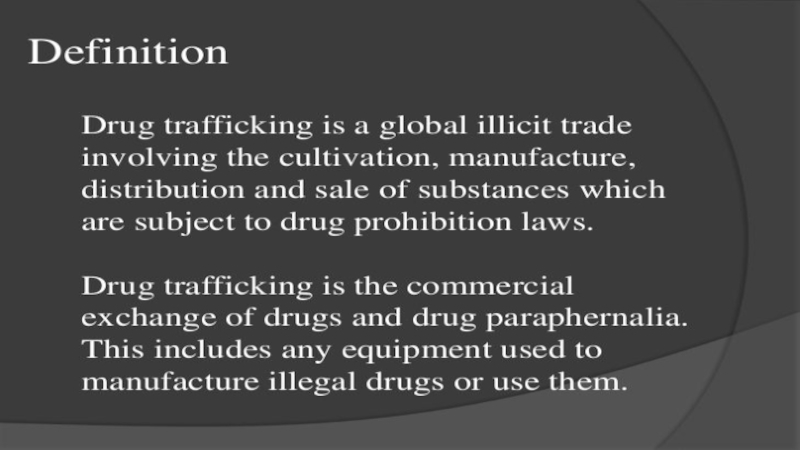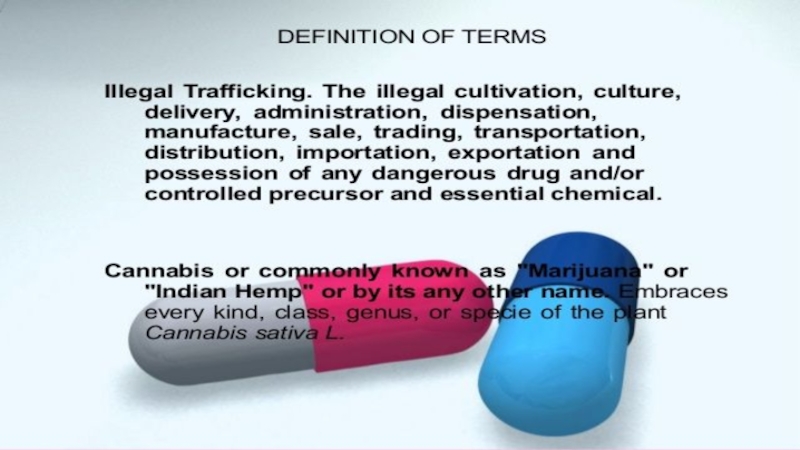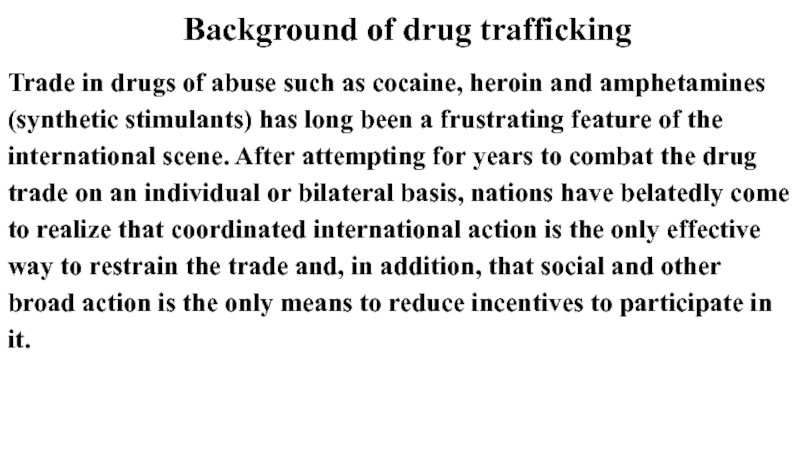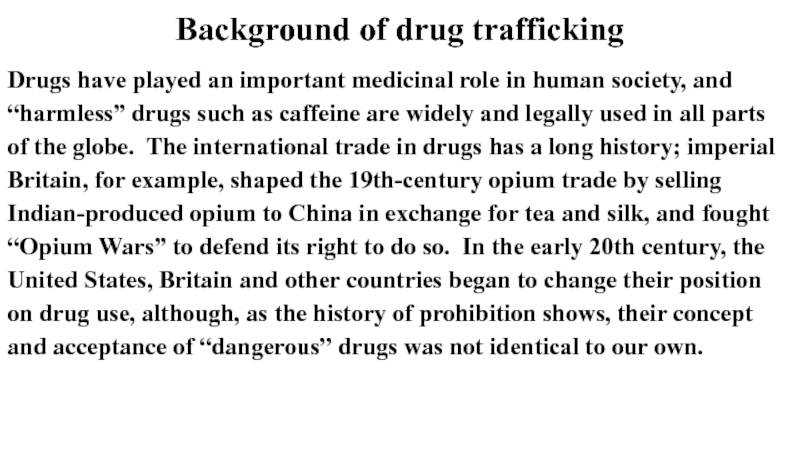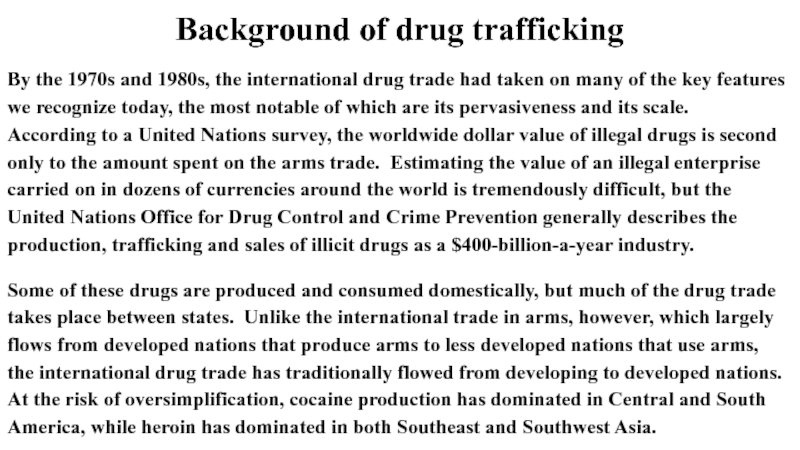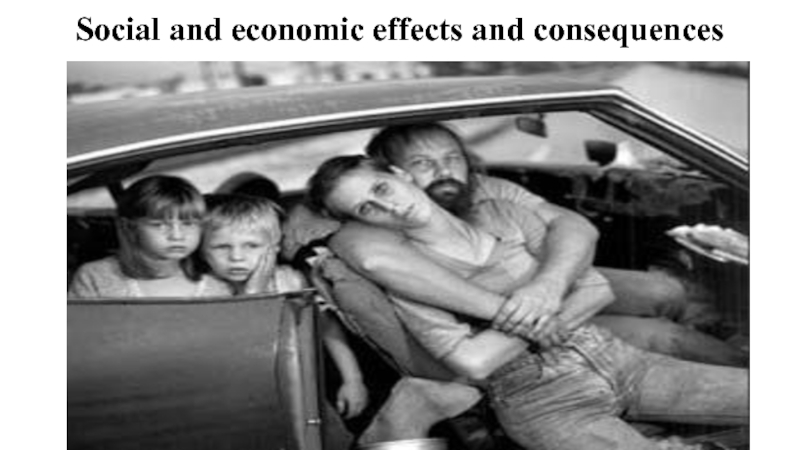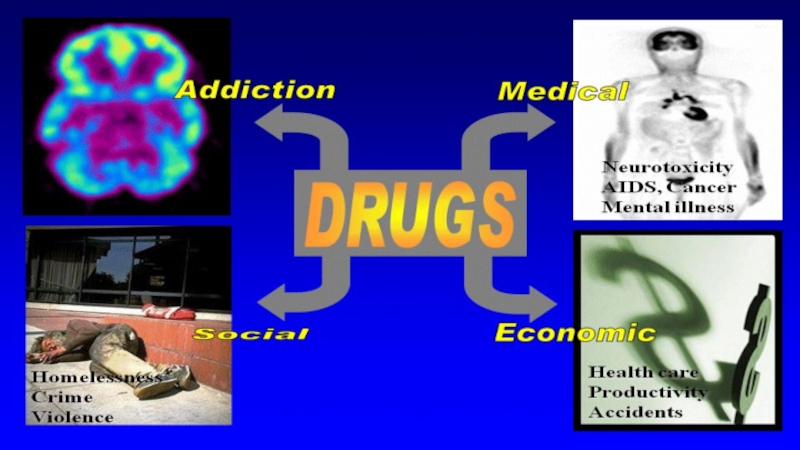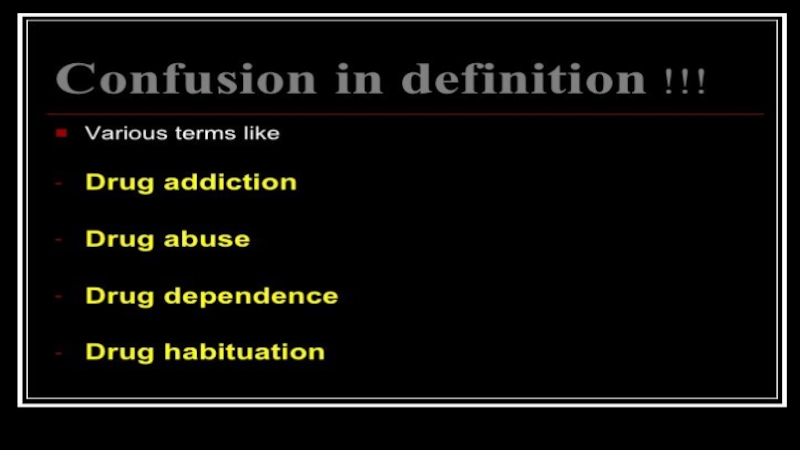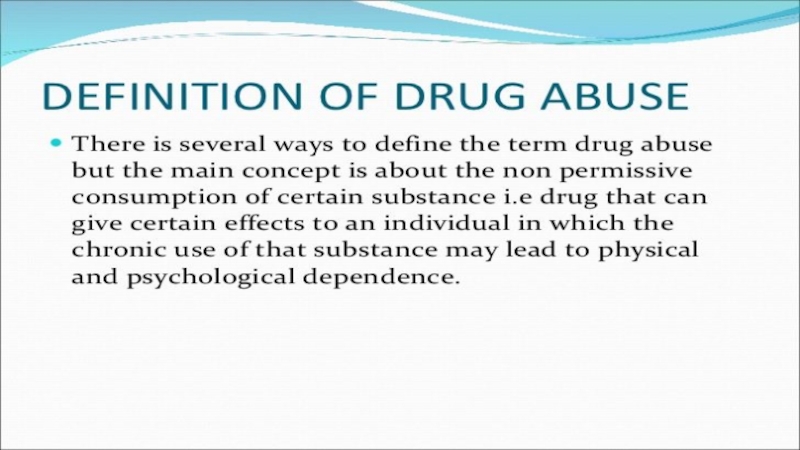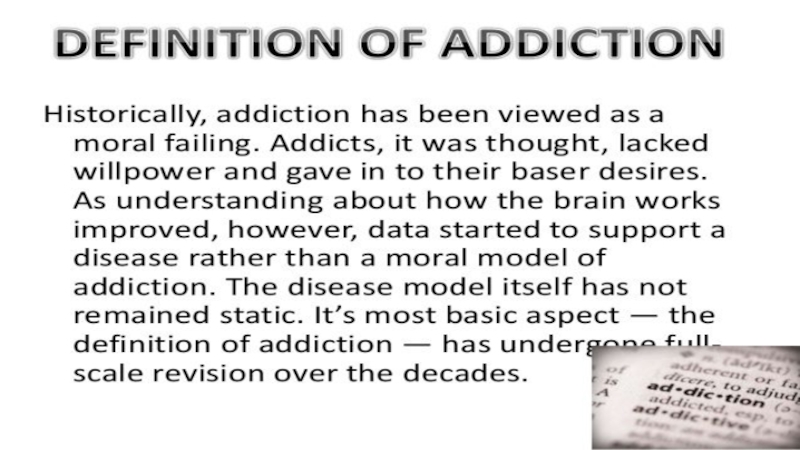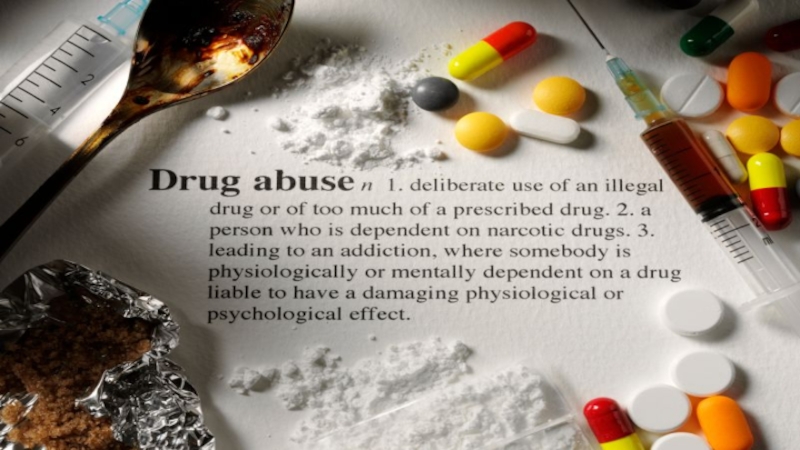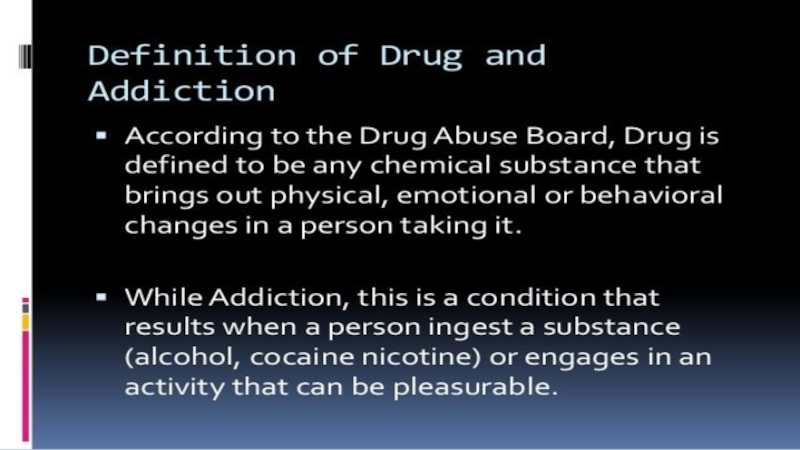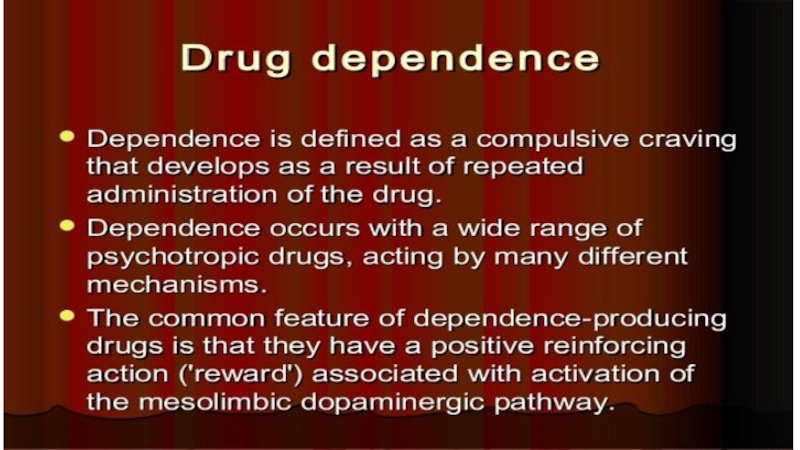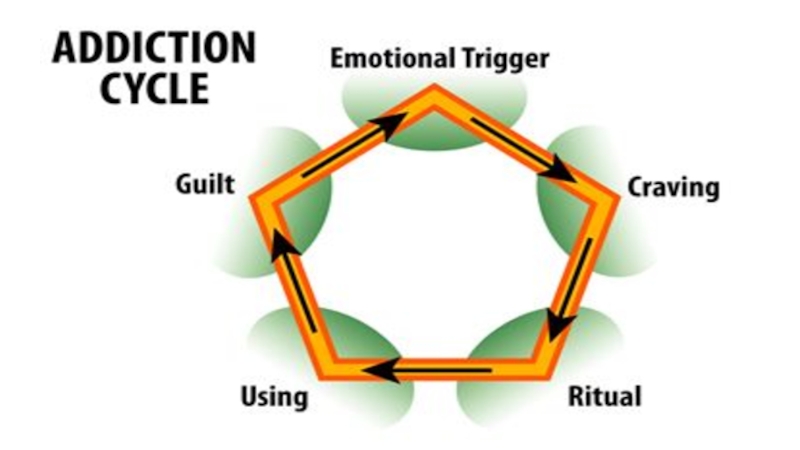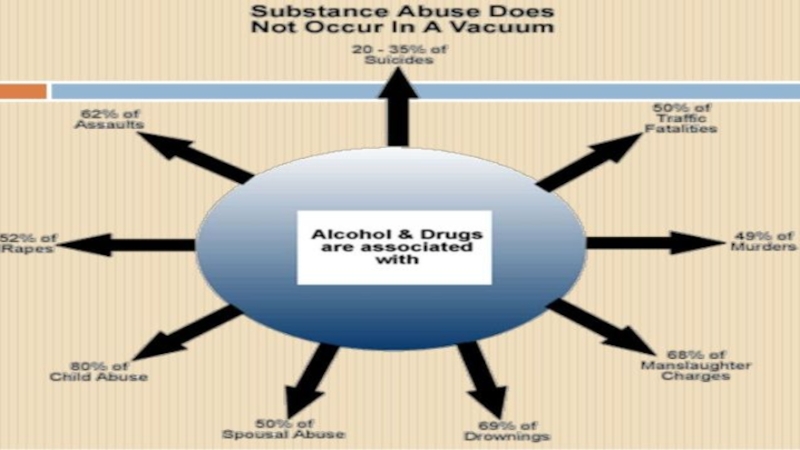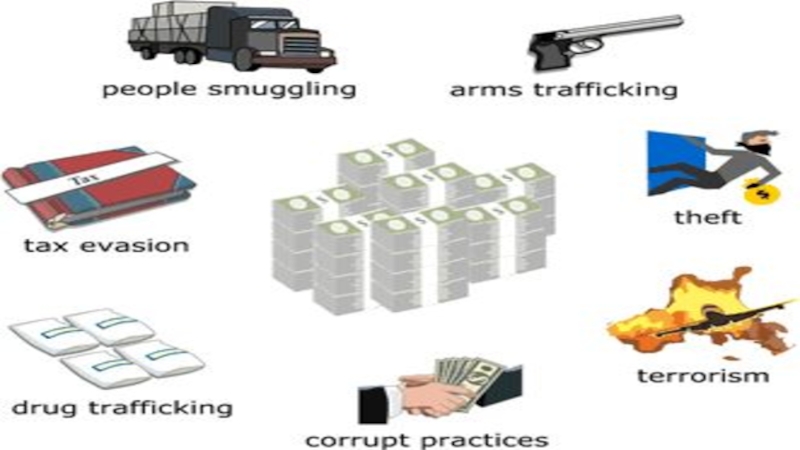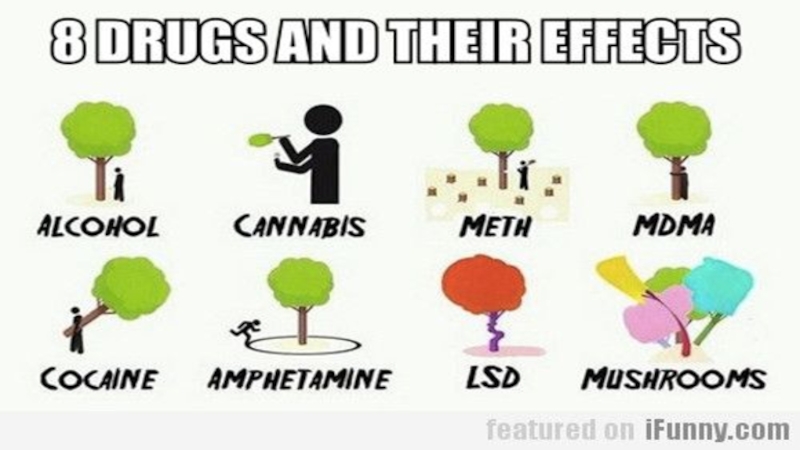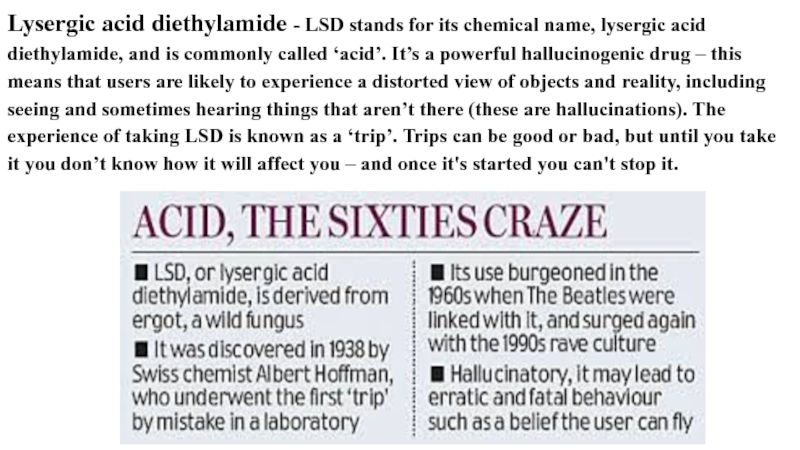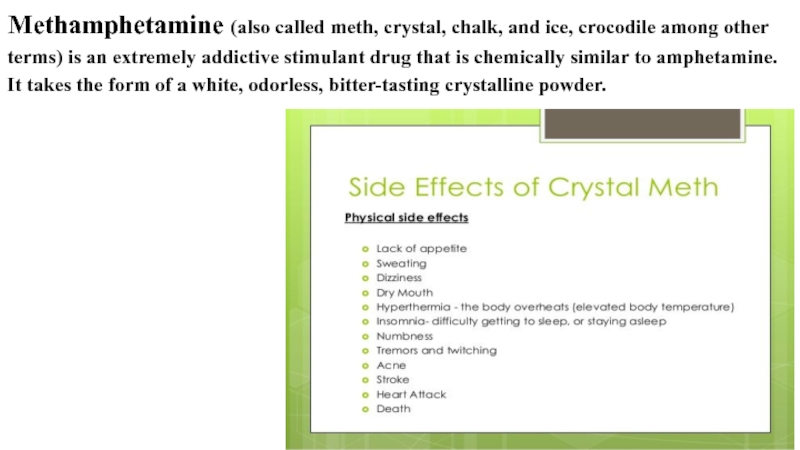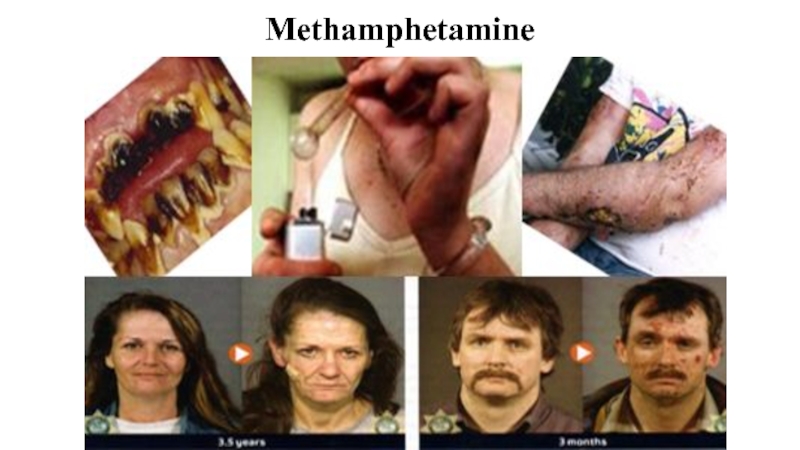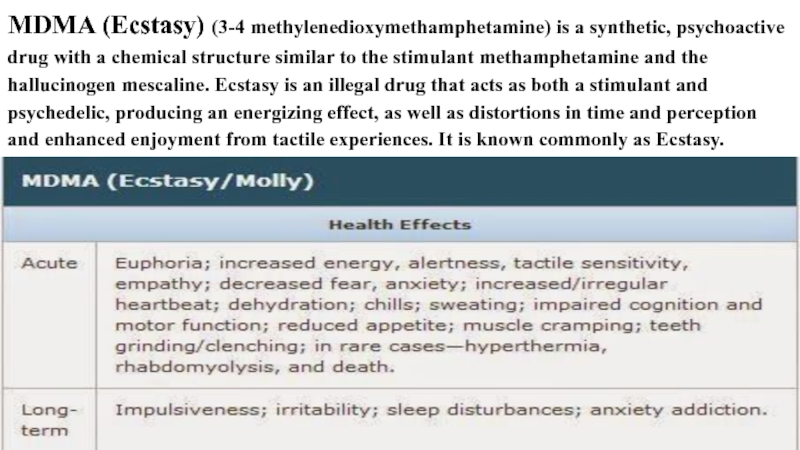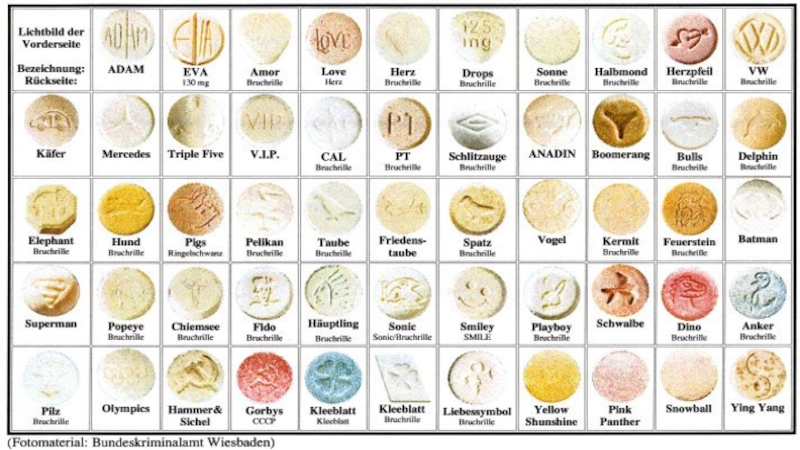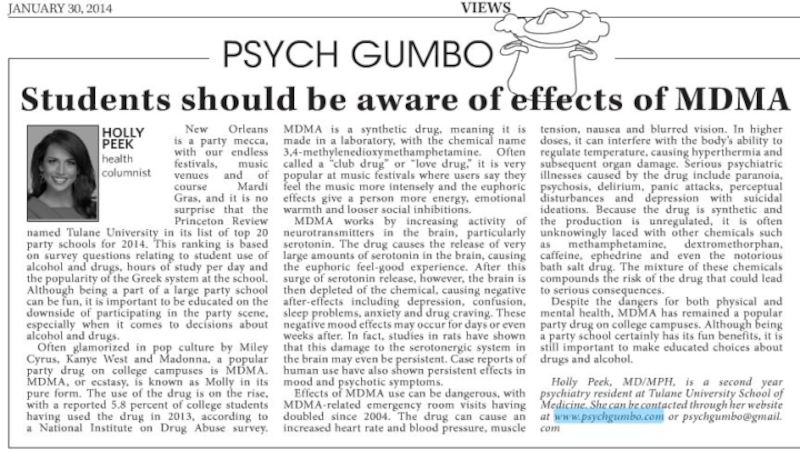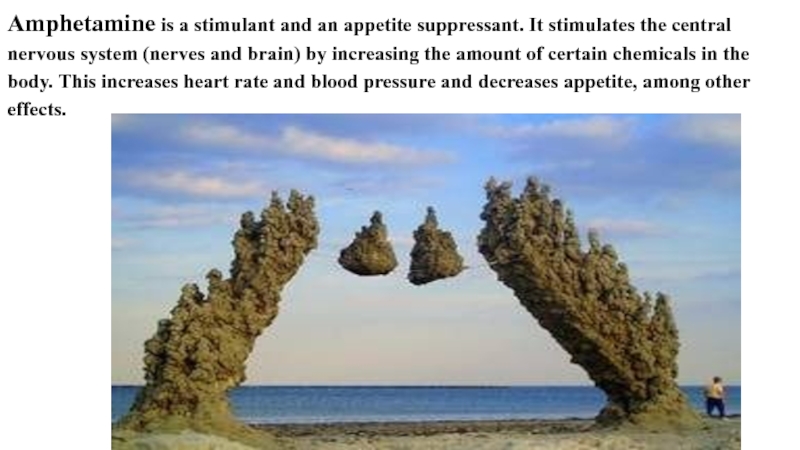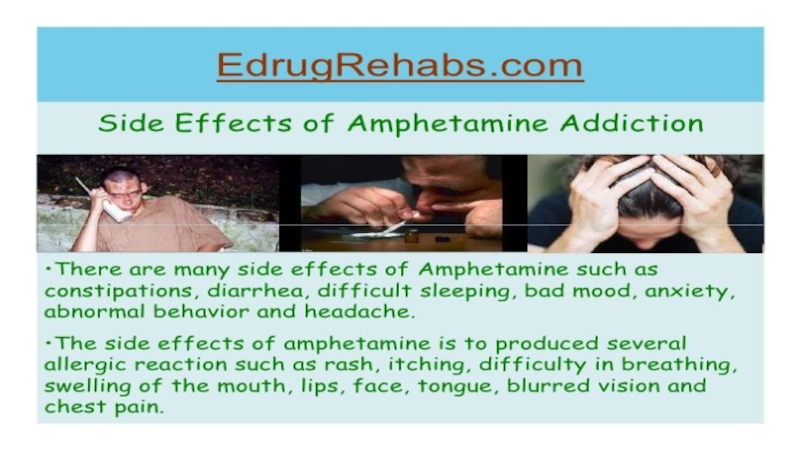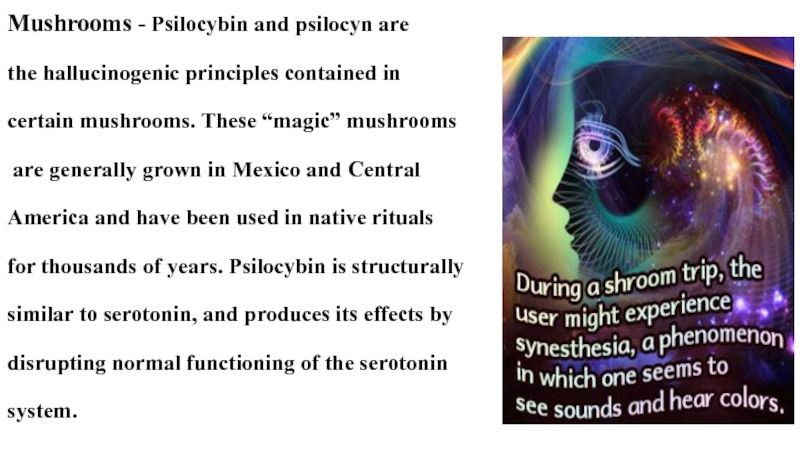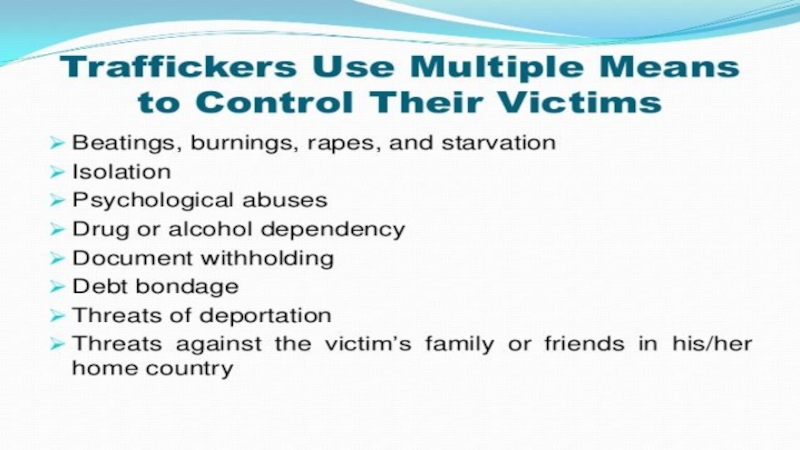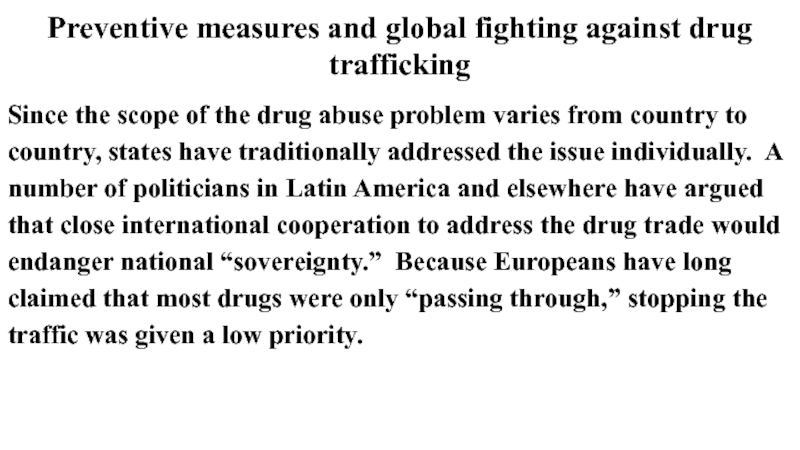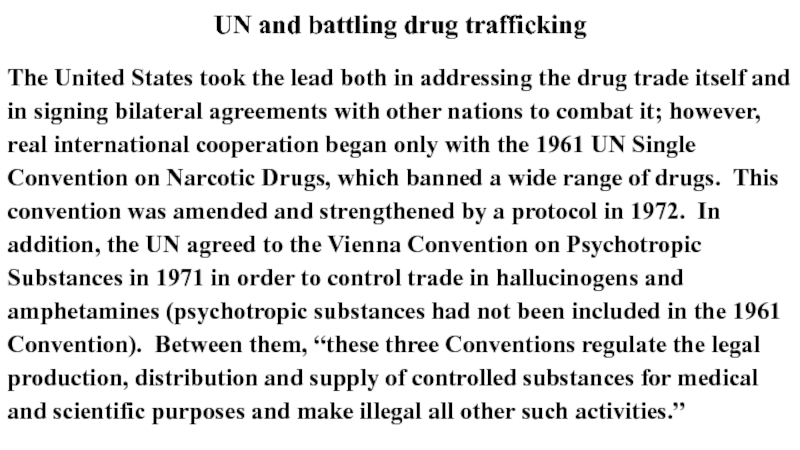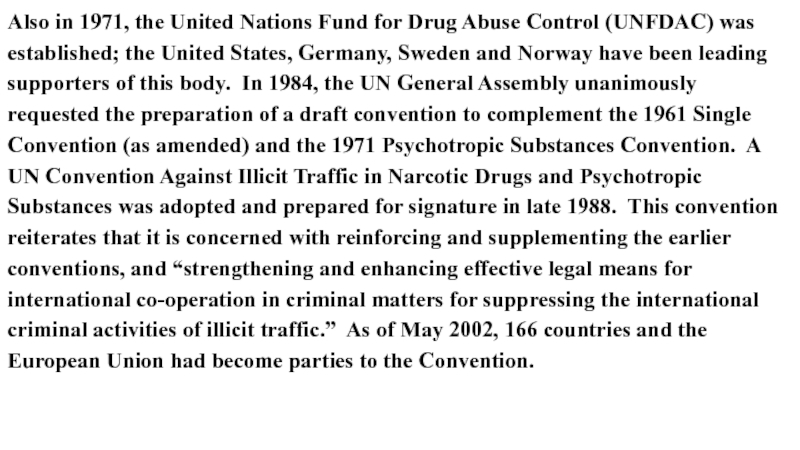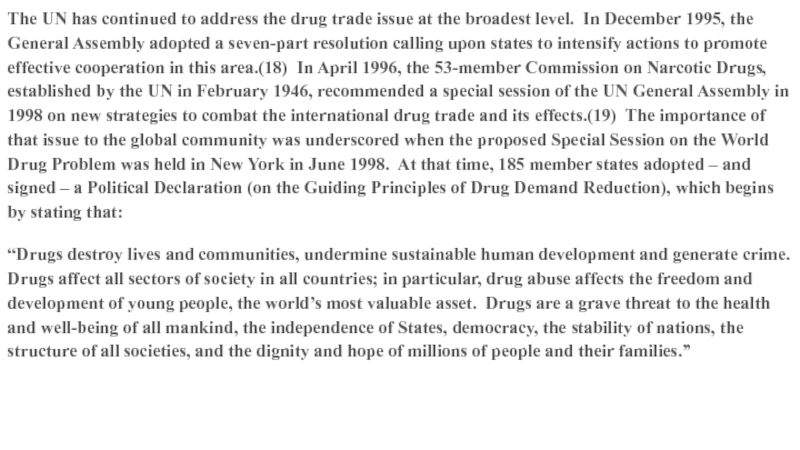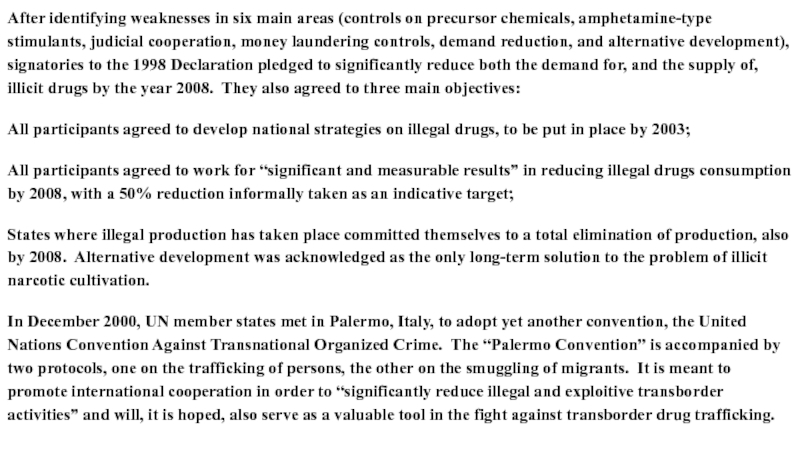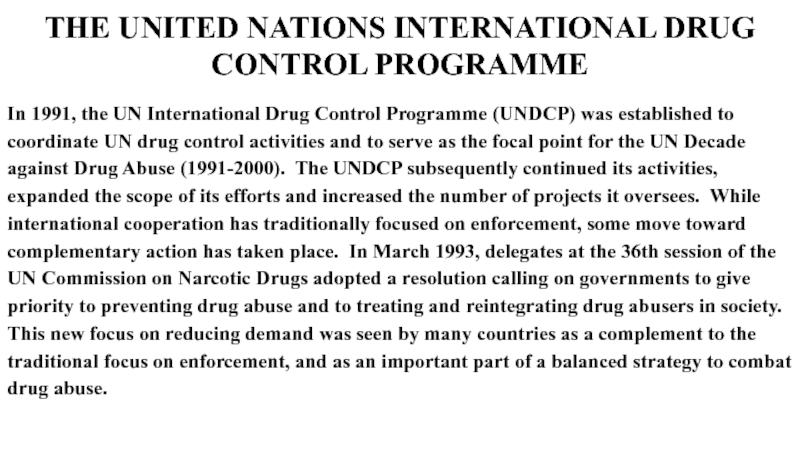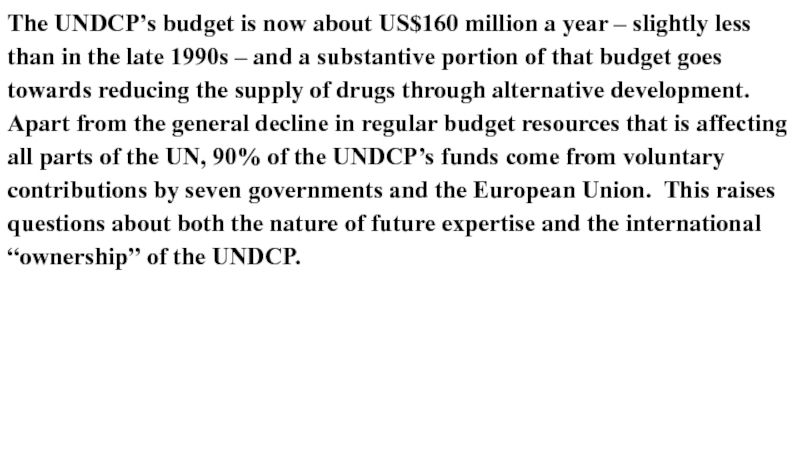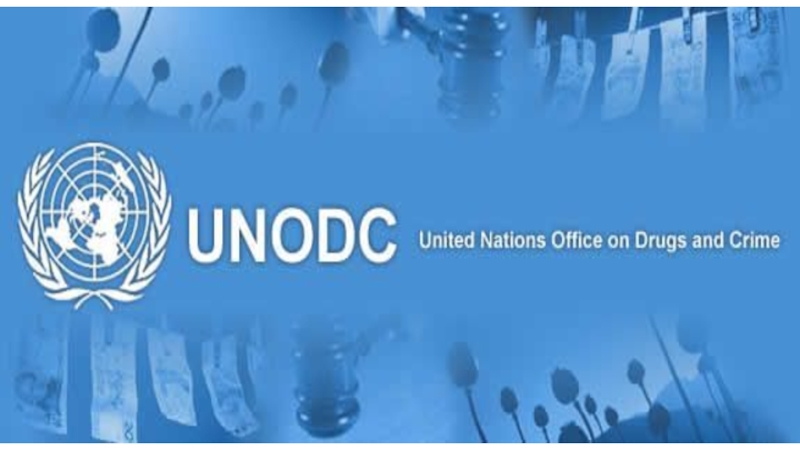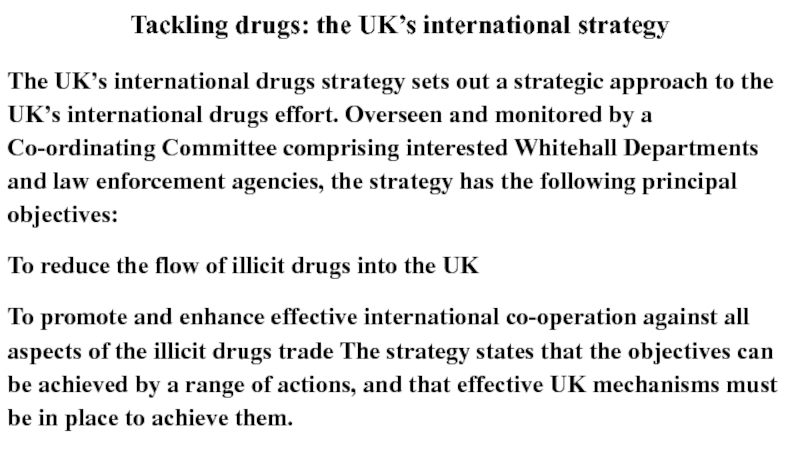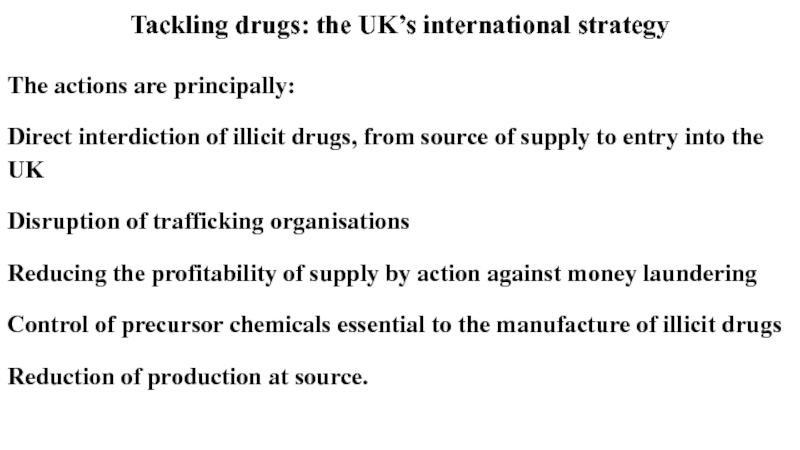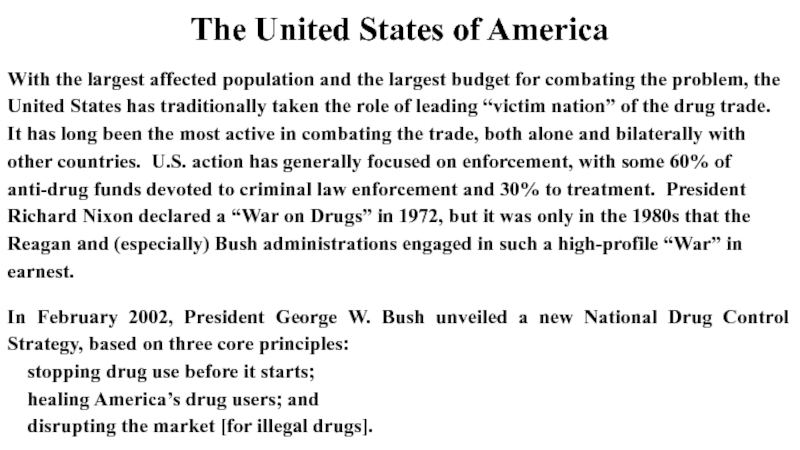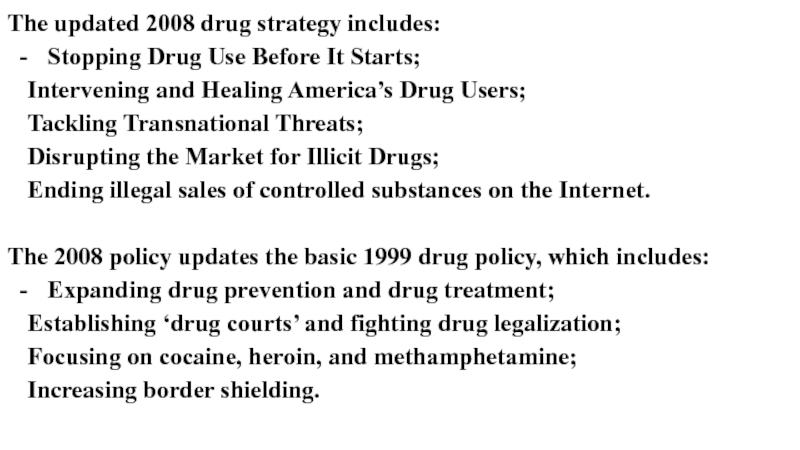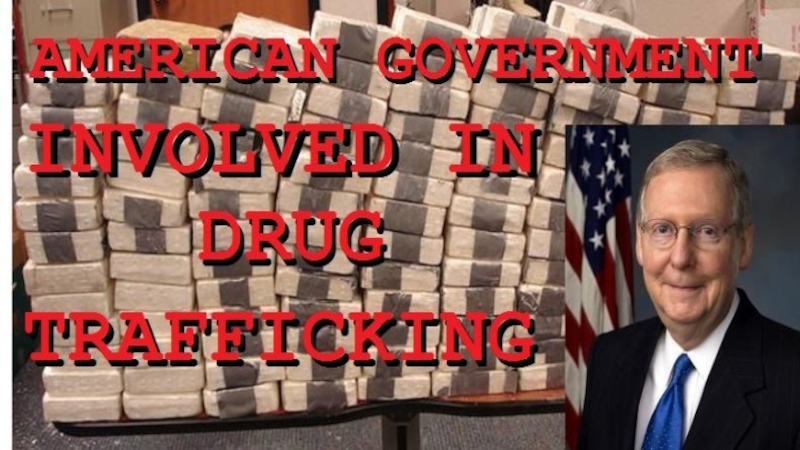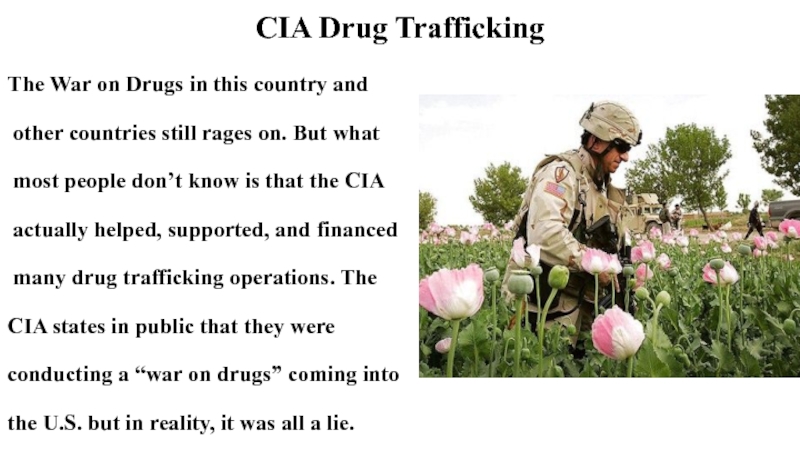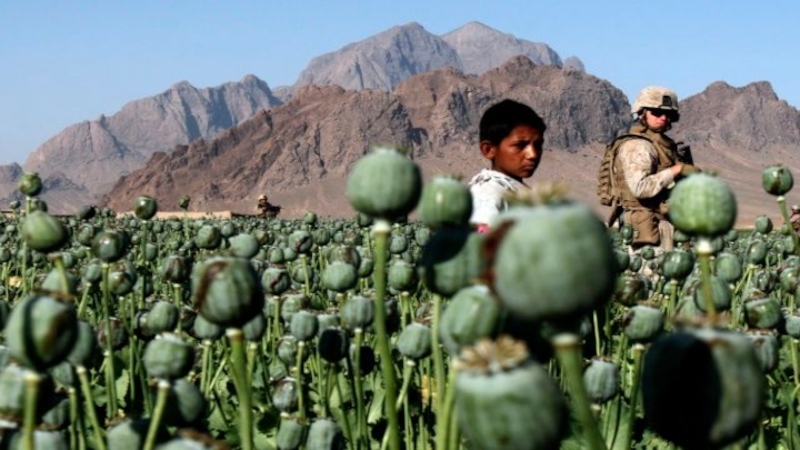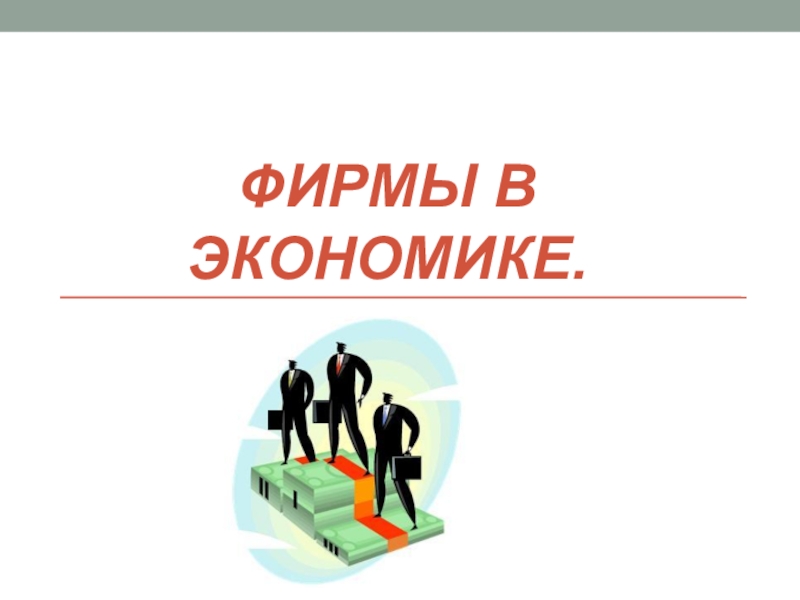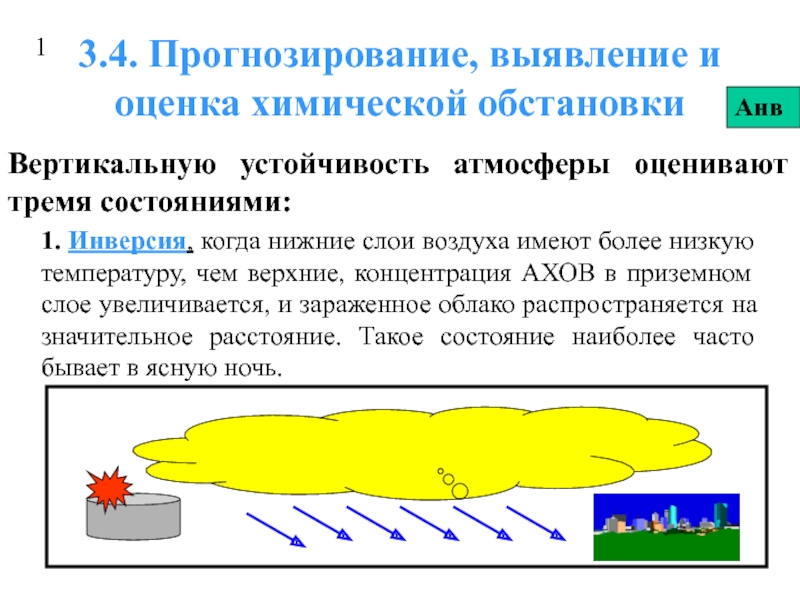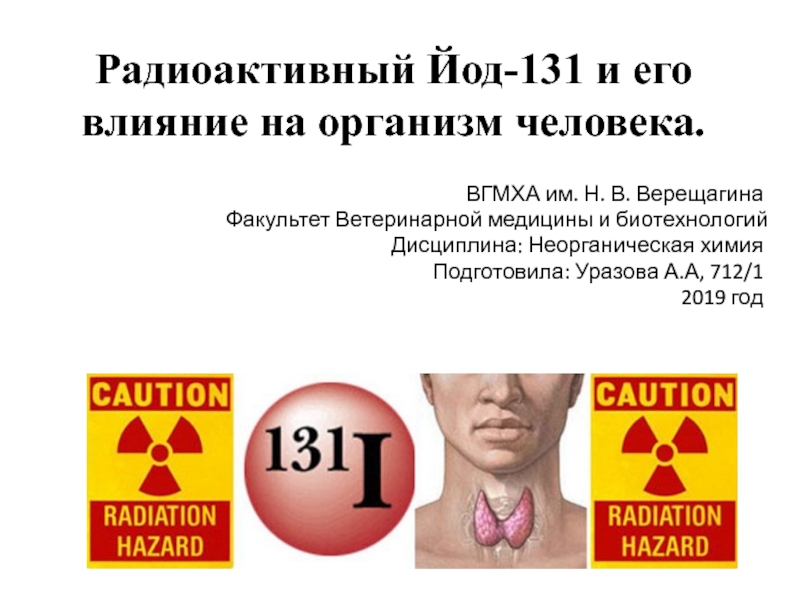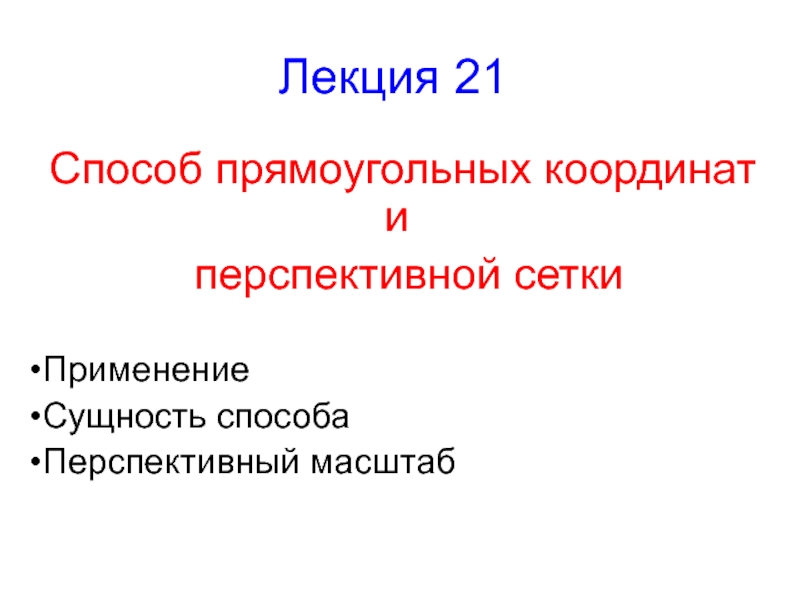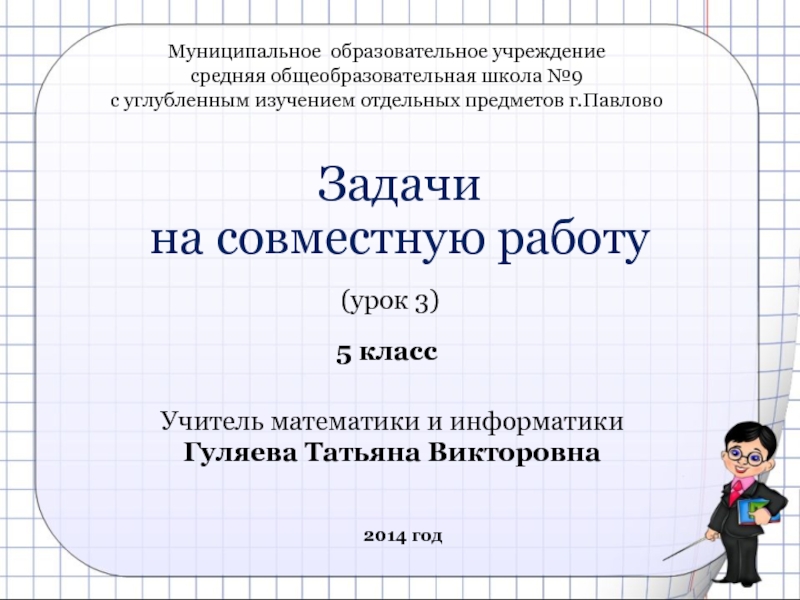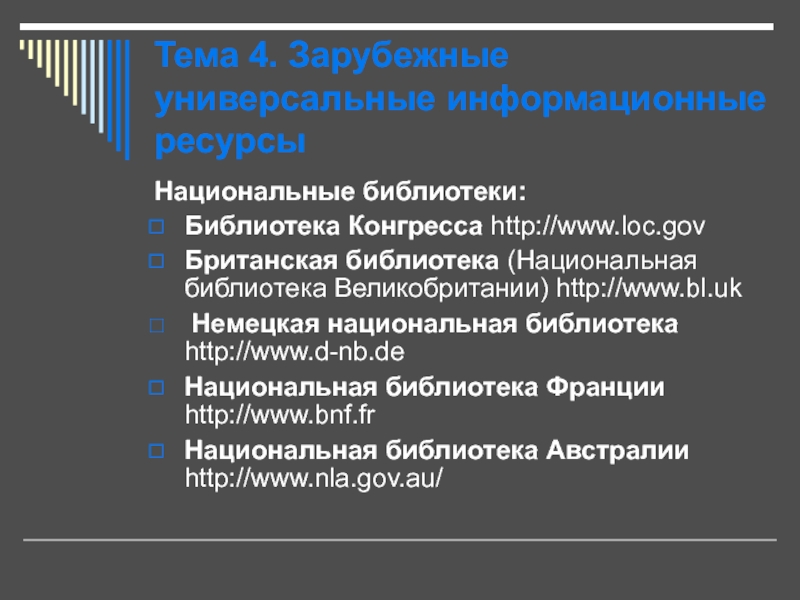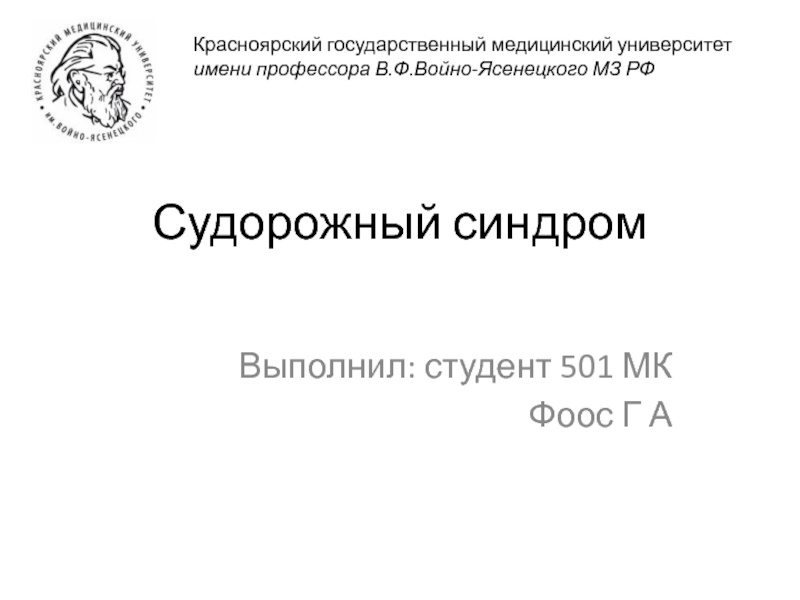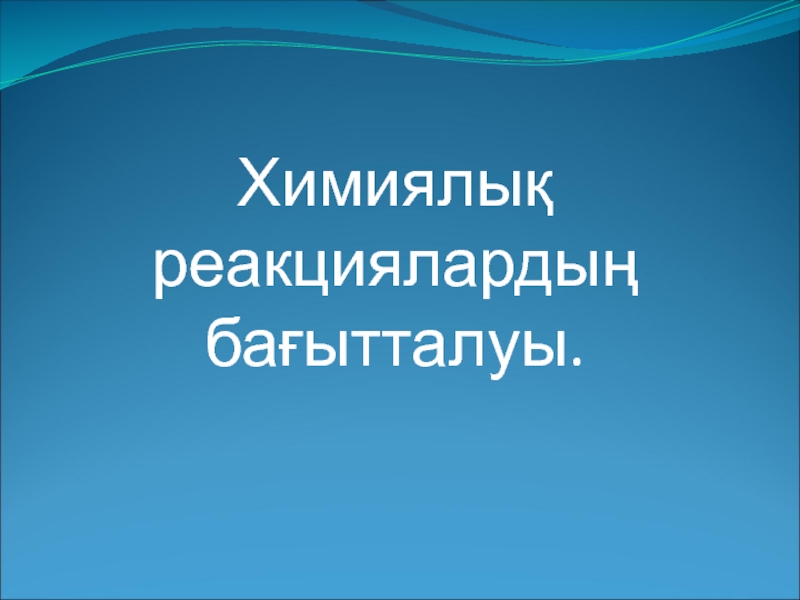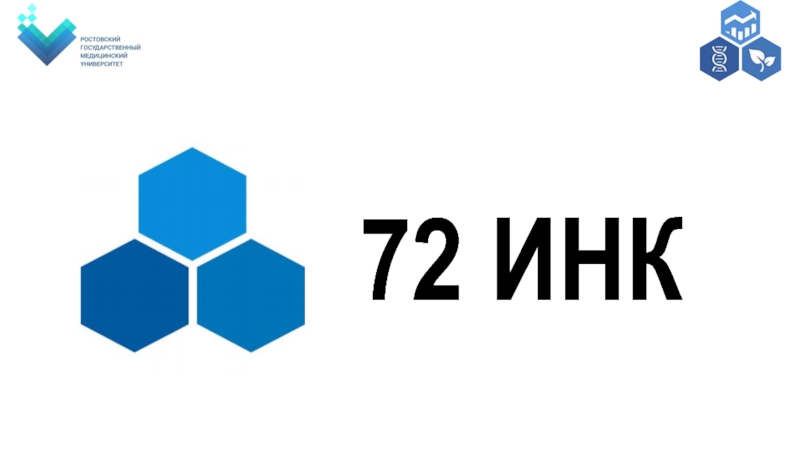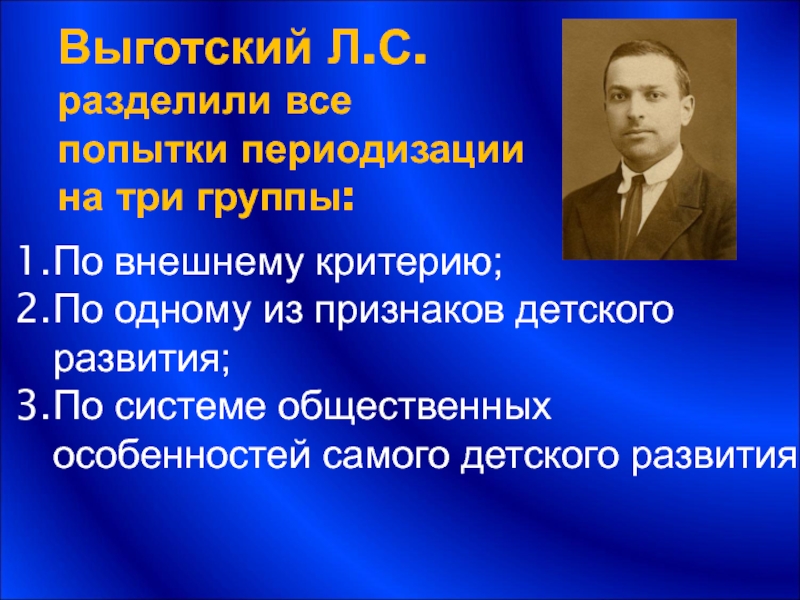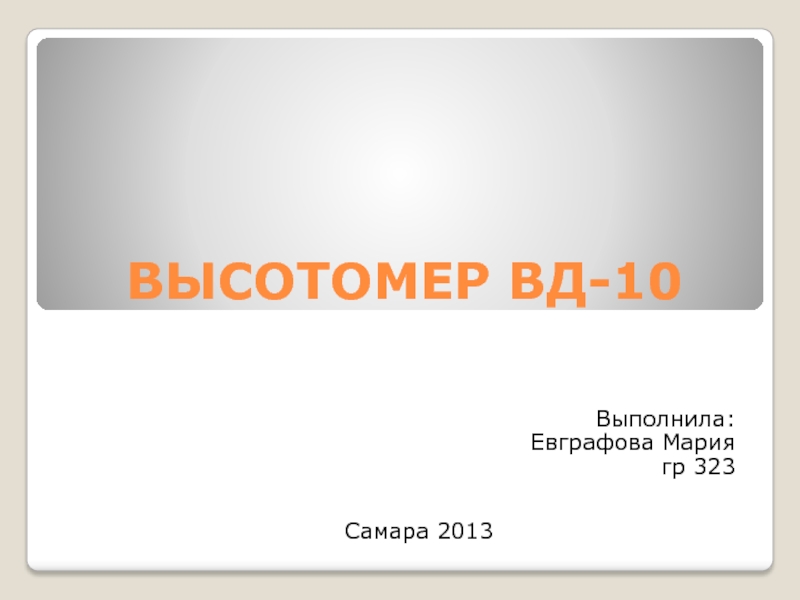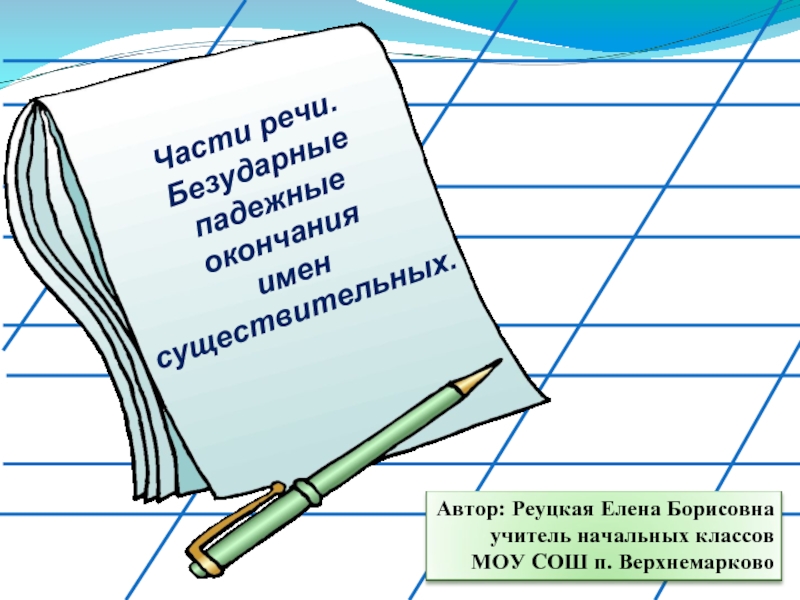Разделы презентаций
- Разное
- Английский язык
- Астрономия
- Алгебра
- Биология
- География
- Геометрия
- Детские презентации
- Информатика
- История
- Литература
- Математика
- Медицина
- Менеджмент
- Музыка
- МХК
- Немецкий язык
- ОБЖ
- Обществознание
- Окружающий мир
- Педагогика
- Русский язык
- Технология
- Физика
- Философия
- Химия
- Шаблоны, картинки для презентаций
- Экология
- Экономика
- Юриспруденция
The main issues of drug trafficking and the battling drug trafficking in
Содержание
- 1. The main issues of drug trafficking and the battling drug trafficking in
- 2. Outline of the lecture1. Definition and background
- 3. Слайд 3
- 4. Слайд 4
- 5. Слайд 5
- 6. Слайд 6
- 7. Background of drug trafficking Trade in drugs
- 8. Background of drug trafficking Drugs have played
- 9. Background of drug trafficking By the 1970s
- 10. Social and economic effects and consequences
- 11. Слайд 11
- 12. Слайд 12
- 13. Слайд 13
- 14. Слайд 14
- 15. Слайд 15
- 16. Слайд 16
- 17. Слайд 17
- 18. Слайд 18
- 19. Слайд 19
- 20. Слайд 20
- 21. Слайд 21
- 22. Lysergic acid diethylamide - LSD stands for
- 23. Methamphetamine (also called meth, crystal, chalk, and
- 24. Methamphetamine
- 25. MDMA (Ecstasy) (3-4 methylenedioxymethamphetamine) is a synthetic,
- 26. Слайд 26
- 27. Слайд 27
- 28. Amphetamine is a stimulant and an appetite
- 29. Слайд 29
- 30. Mushrooms - Psilocybin and psilocyn are the
- 31. Слайд 31
- 32. Preventive measures and global fighting against drug
- 33. UN and battling drug traffickingThe United States
- 34. Also in 1971, the United Nations Fund
- 35. The UN has continued to address the
- 36. After identifying weaknesses in six main areas
- 37. THE UNITED NATIONS INTERNATIONAL DRUG CONTROL PROGRAMMEIn
- 38. The UNDCP’s budget is now about US$160
- 39. Слайд 39
- 40. Tackling drugs: the UK’s international strategyThe UK’s
- 41. Tackling drugs: the UK’s international strategyThe actions
- 42. The United States of AmericaWith the largest
- 43. The updated 2008 drug strategy includes:Stopping Drug
- 44. Слайд 44
- 45. CIA Drug TraffickingThe War on Drugs in
- 46. Слайд 46
- 47. Скачать презентанцию
Outline of the lecture1. Definition and background of drug trafficking.2. Causes and channels of trafficking, its social and economic impact.3. Preventive measures and global fighting against drug trafficking. 4. UN and
Слайды и текст этой презентации
Слайд 1The main issues of drug trafficking and the battling drug
trafficking in international relations
Слайд 2Outline of the lecture
1. Definition and background of drug trafficking.
2.
Causes and channels of trafficking, its social and economic impact.
3.
Preventive measures and global fighting against drug trafficking. 4. UN and battling drug trafficking, and United Nations Office on Drugs and Crime.
5. Other international organizations in battling drug trafficking.
6. The involvement of governments and intelligence services in tackling drug trafficking.
Слайд 7Background of drug trafficking
Trade in drugs of abuse such
as cocaine, heroin and amphetamines (synthetic stimulants) has long been
a frustrating feature of the international scene. After attempting for years to combat the drug trade on an individual or bilateral basis, nations have belatedly come to realize that coordinated international action is the only effective way to restrain the trade and, in addition, that social and other broad action is the only means to reduce incentives to participate in it.Слайд 8Background of drug trafficking
Drugs have played an important medicinal
role in human society, and “harmless” drugs such as caffeine
are widely and legally used in all parts of the globe. The international trade in drugs has a long history; imperial Britain, for example, shaped the 19th-century opium trade by selling Indian-produced opium to China in exchange for tea and silk, and fought “Opium Wars” to defend its right to do so. In the early 20th century, the United States, Britain and other countries began to change their position on drug use, although, as the history of prohibition shows, their concept and acceptance of “dangerous” drugs was not identical to our own.Слайд 9Background of drug trafficking
By the 1970s and 1980s, the
international drug trade had taken on many of the key
features we recognize today, the most notable of which are its pervasiveness and its scale. According to a United Nations survey, the worldwide dollar value of illegal drugs is second only to the amount spent on the arms trade. Estimating the value of an illegal enterprise carried on in dozens of currencies around the world is tremendously difficult, but the United Nations Office for Drug Control and Crime Prevention generally describes the production, trafficking and sales of illicit drugs as a $400-billion-a-year industry.Some of these drugs are produced and consumed domestically, but much of the drug trade takes place between states. Unlike the international trade in arms, however, which largely flows from developed nations that produce arms to less developed nations that use arms, the international drug trade has traditionally flowed from developing to developed nations. At the risk of oversimplification, cocaine production has dominated in Central and South America, while heroin has dominated in both Southeast and Southwest Asia.
Слайд 22Lysergic acid diethylamide - LSD stands for its chemical name,
lysergic acid diethylamide, and is commonly called ‘acid’. It’s a
powerful hallucinogenic drug – this means that users are likely to experience a distorted view of objects and reality, including seeing and sometimes hearing things that aren’t there (these are hallucinations). The experience of taking LSD is known as a ‘trip’. Trips can be good or bad, but until you take it you don’t know how it will affect you – and once it's started you can't stop it.Слайд 23Methamphetamine (also called meth, crystal, chalk, and ice, crocodile among
other terms) is an extremely addictive stimulant drug that is
chemically similar to amphetamine. It takes the form of a white, odorless, bitter-tasting crystalline powder.Слайд 25MDMA (Ecstasy) (3-4 methylenedioxymethamphetamine) is a synthetic, psychoactive drug with
a chemical structure similar to the stimulant methamphetamine and the
hallucinogen mescaline. Ecstasy is an illegal drug that acts as both a stimulant and psychedelic, producing an energizing effect, as well as distortions in time and perception and enhanced enjoyment from tactile experiences. It is known commonly as Ecstasy.Слайд 28Amphetamine is a stimulant and an appetite suppressant. It stimulates
the central nervous system (nerves and brain) by increasing the
amount of certain chemicals in the body. This increases heart rate and blood pressure and decreases appetite, among other effects.Слайд 30Mushrooms - Psilocybin and psilocyn are
the hallucinogenic principles contained
in
certain mushrooms. These “magic” mushrooms
are generally grown in
Mexico and Central America and have been used in native rituals
for thousands of years. Psilocybin is structurally
similar to serotonin, and produces its effects by
disrupting normal functioning of the serotonin
system.
Слайд 32Preventive measures and global fighting against drug trafficking
Since the scope
of the drug abuse problem varies from country to country,
states have traditionally addressed the issue individually. A number of politicians in Latin America and elsewhere have argued that close international cooperation to address the drug trade would endanger national “sovereignty.” Because Europeans have long claimed that most drugs were only “passing through,” stopping the traffic was given a low priority.Слайд 33UN and battling drug trafficking
The United States took the lead
both in addressing the drug trade itself and in signing
bilateral agreements with other nations to combat it; however, real international cooperation began only with the 1961 UN Single Convention on Narcotic Drugs, which banned a wide range of drugs. This convention was amended and strengthened by a protocol in 1972. In addition, the UN agreed to the Vienna Convention on Psychotropic Substances in 1971 in order to control trade in hallucinogens and amphetamines (psychotropic substances had not been included in the 1961 Convention). Between them, “these three Conventions regulate the legal production, distribution and supply of controlled substances for medical and scientific purposes and make illegal all other such activities.”Слайд 34Also in 1971, the United Nations Fund for Drug Abuse
Control (UNFDAC) was established; the United States, Germany, Sweden and
Norway have been leading supporters of this body. In 1984, the UN General Assembly unanimously requested the preparation of a draft convention to complement the 1961 Single Convention (as amended) and the 1971 Psychotropic Substances Convention. A UN Convention Against Illicit Traffic in Narcotic Drugs and Psychotropic Substances was adopted and prepared for signature in late 1988. This convention reiterates that it is concerned with reinforcing and supplementing the earlier conventions, and “strengthening and enhancing effective legal means for international co-operation in criminal matters for suppressing the international criminal activities of illicit traffic.” As of May 2002, 166 countries and the European Union had become parties to the Convention.Слайд 35The UN has continued to address the drug trade issue
at the broadest level. In December 1995, the General Assembly
adopted a seven-part resolution calling upon states to intensify actions to promote effective cooperation in this area.(18) In April 1996, the 53-member Commission on Narcotic Drugs, established by the UN in February 1946, recommended a special session of the UN General Assembly in 1998 on new strategies to combat the international drug trade and its effects.(19) The importance of that issue to the global community was underscored when the proposed Special Session on the World Drug Problem was held in New York in June 1998. At that time, 185 member states adopted – and signed – a Political Declaration (on the Guiding Principles of Drug Demand Reduction), which begins by stating that:“Drugs destroy lives and communities, undermine sustainable human development and generate crime. Drugs affect all sectors of society in all countries; in particular, drug abuse affects the freedom and development of young people, the world’s most valuable asset. Drugs are a grave threat to the health and well-being of all mankind, the independence of States, democracy, the stability of nations, the structure of all societies, and the dignity and hope of millions of people and their families.”
Слайд 36After identifying weaknesses in six main areas (controls on precursor
chemicals, amphetamine-type stimulants, judicial cooperation, money laundering controls, demand reduction,
and alternative development), signatories to the 1998 Declaration pledged to significantly reduce both the demand for, and the supply of, illicit drugs by the year 2008. They also agreed to three main objectives:All participants agreed to develop national strategies on illegal drugs, to be put in place by 2003;
All participants agreed to work for “significant and measurable results” in reducing illegal drugs consumption by 2008, with a 50% reduction informally taken as an indicative target;
States where illegal production has taken place committed themselves to a total elimination of production, also by 2008. Alternative development was acknowledged as the only long-term solution to the problem of illicit narcotic cultivation.
In December 2000, UN member states met in Palermo, Italy, to adopt yet another convention, the United Nations Convention Against Transnational Organized Crime. The “Palermo Convention” is accompanied by two protocols, one on the trafficking of persons, the other on the smuggling of migrants. It is meant to promote international cooperation in order to “significantly reduce illegal and exploitive transborder activities” and will, it is hoped, also serve as a valuable tool in the fight against transborder drug trafficking.
Слайд 37THE UNITED NATIONS INTERNATIONAL DRUG CONTROL PROGRAMME
In 1991, the UN
International Drug Control Programme (UNDCP) was established to coordinate UN
drug control activities and to serve as the focal point for the UN Decade against Drug Abuse (1991-2000). The UNDCP subsequently continued its activities, expanded the scope of its efforts and increased the number of projects it oversees. While international cooperation has traditionally focused on enforcement, some move toward complementary action has taken place. In March 1993, delegates at the 36th session of the UN Commission on Narcotic Drugs adopted a resolution calling on governments to give priority to preventing drug abuse and to treating and reintegrating drug abusers in society. This new focus on reducing demand was seen by many countries as a complement to the traditional focus on enforcement, and as an important part of a balanced strategy to combat drug abuse.Слайд 38The UNDCP’s budget is now about US$160 million a year
– slightly less than in the late 1990s – and
a substantive portion of that budget goes towards reducing the supply of drugs through alternative development. Apart from the general decline in regular budget resources that is affecting all parts of the UN, 90% of the UNDCP’s funds come from voluntary contributions by seven governments and the European Union. This raises questions about both the nature of future expertise and the international “ownership” of the UNDCP.Слайд 40Tackling drugs: the UK’s international strategy
The UK’s international drugs strategy
sets out a strategic approach to the UK’s international drugs
effort. Overseen and monitored by a Co-ordinating Committee comprising interested Whitehall Departments and law enforcement agencies, the strategy has the following principal objectives:To reduce the flow of illicit drugs into the UK
To promote and enhance effective international co-operation against all aspects of the illicit drugs trade The strategy states that the objectives can be achieved by a range of actions, and that effective UK mechanisms must be in place to achieve them.
Слайд 41Tackling drugs: the UK’s international strategy
The actions are principally:
Direct interdiction
of illicit drugs, from source of supply to entry into
the UKDisruption of trafficking organisations
Reducing the profitability of supply by action against money laundering
Control of precursor chemicals essential to the manufacture of illicit drugs
Reduction of production at source.
Слайд 42The United States of America
With the largest affected population and
the largest budget for combating the problem, the United States
has traditionally taken the role of leading “victim nation” of the drug trade. It has long been the most active in combating the trade, both alone and bilaterally with other countries. U.S. action has generally focused on enforcement, with some 60% of anti-drug funds devoted to criminal law enforcement and 30% to treatment. President Richard Nixon declared a “War on Drugs” in 1972, but it was only in the 1980s that the Reagan and (especially) Bush administrations engaged in such a high-profile “War” in earnest.In February 2002, President George W. Bush unveiled a new National Drug Control Strategy, based on three core principles:
stopping drug use before it starts;
healing America’s drug users; and
disrupting the market [for illegal drugs].
Слайд 43The updated 2008 drug strategy includes:
Stopping Drug Use Before It
Starts;
Intervening and Healing America’s Drug Users;
Tackling Transnational Threats;
Disrupting the Market
for Illicit Drugs;Ending illegal sales of controlled substances on the Internet.
The 2008 policy updates the basic 1999 drug policy, which includes:
Expanding drug prevention and drug treatment;
Establishing ‘drug courts’ and fighting drug legalization;
Focusing on cocaine, heroin, and methamphetamine;
Increasing border shielding.
Слайд 45CIA Drug Trafficking
The War on Drugs in this country and
other countries still rages on. But what
most people don’t
know is that the CIAactually helped, supported, and financed
many drug trafficking operations. The
CIA states in public that they were
conducting a “war on drugs” coming into
the U.S. but in reality, it was all a lie.
